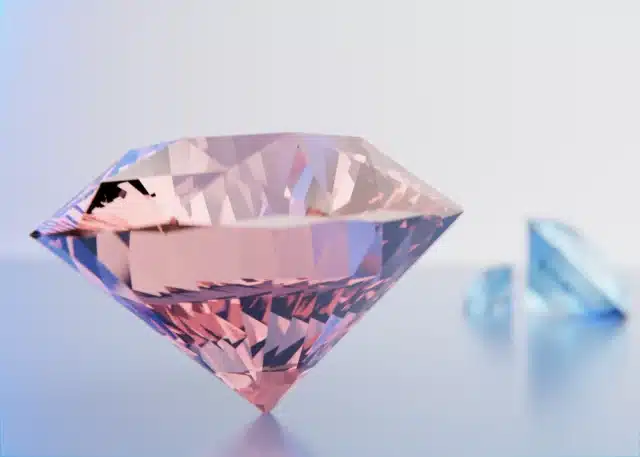In the ever-evolving world of luxury and fine jewelry, consumers face an increasingly meaningful choice: lab-grown or natural diamonds? As we delve into 2025’s market dynamics, this comprehensive analysis reveals the true cost differences between these options and what drives them. Understanding these factors is crucial for making an informed decision that aligns with both your values and budget.
The Price Gap: A Clear Distinction
Recent market analysis shows lab-grown diamonds typically cost 50-75% less than their natural counterparts of equivalent size and quality. For instance, a 1-carat lab-grown diamond with excellent cut, VS1 clarity, and F color averages $1,500-2,000, while its natural equivalent commands $7,000-9,000. This substantial price difference has made lab-grown diamonds an increasingly attractive option for conscious consumers.
Understanding the Cost Factors
Natural Diamonds
Natural diamonds’ higher prices reflect several key factors:
Mining Expenses: The extensive infrastructure, labor, and environmental management required for diamond mining contribute significantly to costs. Modern mining operations invest heavily in sustainable practices and community development, further increasing operational expenses.
Scarcity: Natural diamonds took billions of years to form and exist in finite quantities. This natural scarcity, combined with controlled supply, maintains their premium pricing.
Market Structure: Traditional diamond supply chains involve multiple intermediaries – miners, rough diamond dealers, cutters, wholesalers, and retailers – each adding their markup to the final price.
Lab-Grown Diamonds
The cost structure for lab-grown diamonds differs considerably:
Production Efficiency: Technological advancements have significantly reduced production costs. Modern facilities can create diamonds in weeks rather than billions of years, with improving efficiency each year.
Sustainable Practices: While initial setup costs for diamond-growing facilities are substantial, ongoing operational costs are lower and more predictable than mining operations.
Shorter Supply Chain: Lab-grown diamonds typically move through fewer intermediaries before reaching consumers, reducing cumulative markups.
Quality and Certification Considerations
Both lab-grown and natural diamonds undergo identical grading processes by respected institutions like IGI and GIA. Key quality factors include:
– Cut quality
– Color grade
– Clarity grade
– Carat weight
Importantly, these characteristics are identical between lab-grown and natural diamonds of the same grade. Both types are chemically, physically, and optically identical, making them indistinguishable without specialized equipment.
Investment Value Perspectives
Natural Diamonds:
Traditional diamonds have historically maintained value, though they typically experience significant depreciation from retail prices. Their resale value often ranges from 40-60% of the purchase price, depending on market conditions and stone characteristics.
Lab-Grown Diamonds:
Lab-grown diamonds generally see steeper initial depreciation due to continuing production efficiency improvements and increasing market supply. However, their lower initial cost means less absolute value at risk.
Environmental and Ethical Considerations
The environmental impact increasingly influences purchasing decisions. Lab-grown diamonds typically generate lower carbon emissions and have minimal land impact compared to mining operations. However, natural diamond producers have made significant strides in sustainable mining practices and community development programs.
Making Your Choice in 2025
When deciding between lab-grown and natural diamonds, consider these key factors:
Budget Impact: Lab-grown diamonds offer significant savings that could be allocated to other priorities, such as a larger stone, more elaborate setting, or non-jewelry expenses.
Personal Values: Consider how environmental impact, origin transparency, and traditional versus modern production methods align with your values.
Long-term Plans: Think about whether potential resale value matters to you, or if you’re purely focused on the diamond’s personal and symbolic value.
Conclusion
The price gap between lab-grown and natural diamonds reflects fundamentally different production methods and market positions rather than quality differences. As technology advances and consumer preferences evolve, both options remain valid choices depending on individual priorities and values. The key is understanding what you’re paying for and ensuring that choice aligns with your personal priorities.
For those seeking exceptional quality at lower cost points, lab-grown diamonds offer compelling value. However, if traditional sourcing and potential value retention matter more to you, natural diamonds continue to fulfill these criteria. Whatever your choice, today’s market offers more transparency and options than ever before, ensuring you can find the perfect diamond to match both your aesthetic preferences and financial goals.

Speaks from heart, always too passionate and driven by emotions. Spins the words with kindness & sharpness, intriguing your ever-inscrutable minds.




